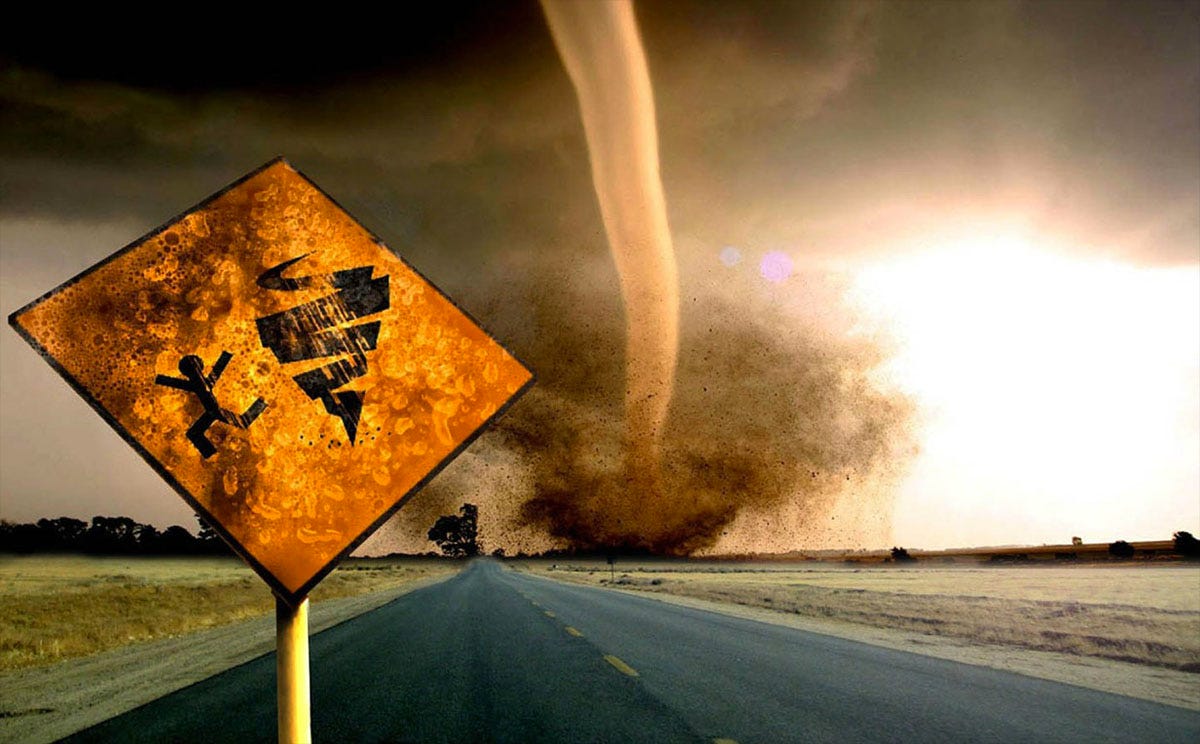your science briefing for 01.01.2025
Tornadoes gone wild, the bizarre world of materials only an atom thick, how to design a stoplight for self-driving cars, and more...
The past year saw 1,762 tornadoes in the United States, the highest number over the last decade. NOAA is worried this is just the beginning as runaway global warming is expected to increase the current baseline by almost 300% around the 2050s. (NBC)
Scientists are starting to work with 2D materials, or materials that are only one atom thick. Turns out that these sheets of carbon and metal have electromagnetic fields that can completely change our models and understanding of matter. (PhysOrg)
Red dwarf solar system TRAPPIST-1 is being extensively studied, especially because four of its seven known planets could be habitable. New data suggests that the planet TRAPPIST-1b has a hazy rich atmosphere similar to Saturn’s moon Titan, but with very different chemistry based around carbon dioxide. (LiveScience)
Remember your stoplight colors. Red, yellow, green… and white? Simulations done by North Carolina State University suggest adding a white signal to stoplights when there are enough autonomous vehicles on the road, telling human divers to just mimic what the self-driving cars are doing and follow their lead to avoid traffic jams. (Jurni)
In the 1980s, scientists studying the outer solar system and patterns in Earth’s mass extinctions proposed that the Sun had a red dwarf companion called Nemesis, which blasted us with radiation evert 26 million years. This idea was quickly ruled out, but it does seem statistically odd that our Sun doesn’t have a companion star… (BBC)
![[ world of weird things ]](https://substackcdn.com/image/fetch/$s_!V-uR!,w_80,h_80,c_fill,f_auto,q_auto:good,fl_progressive:steep,g_auto/https%3A%2F%2Fsubstack-post-media.s3.amazonaws.com%2Fpublic%2Fimages%2F93728edf-9a13-4b2b-9a33-3ef171b5c8d8_600x600.png)

